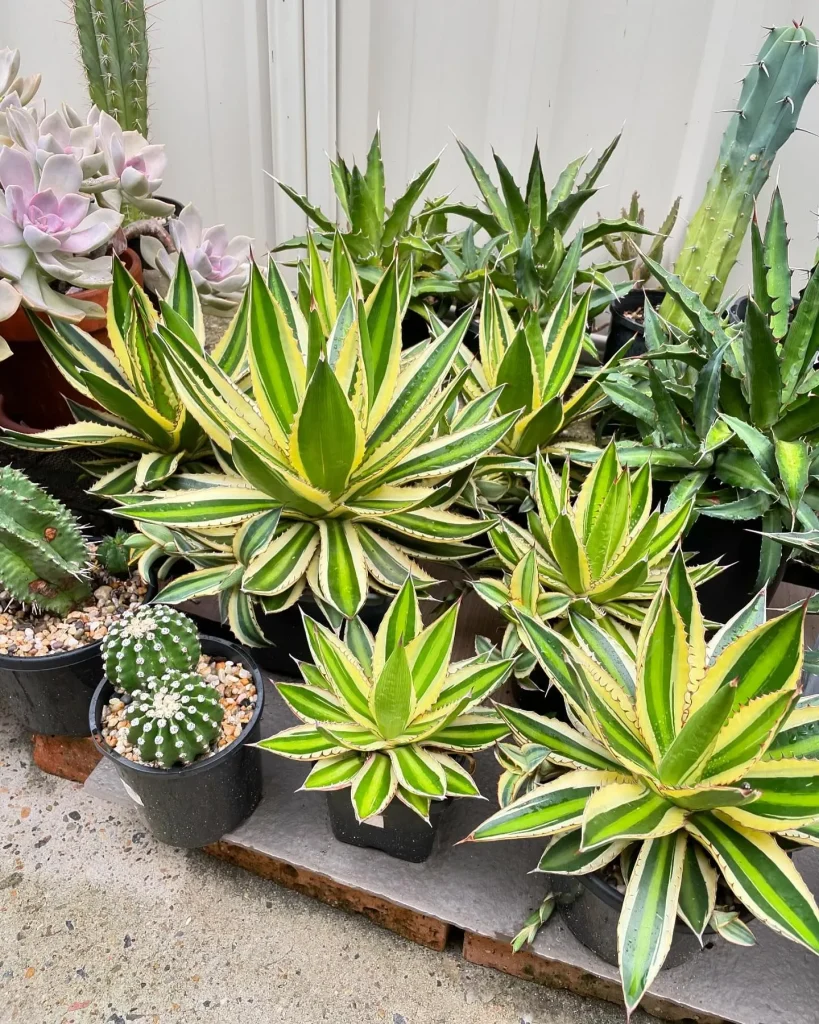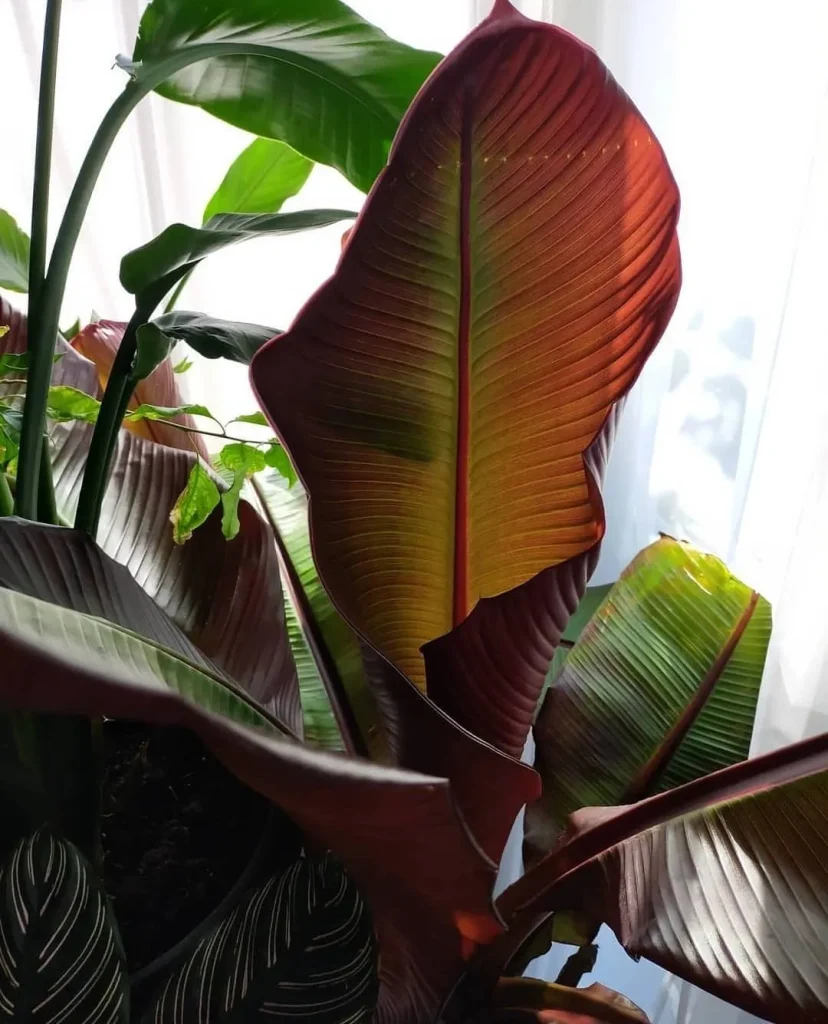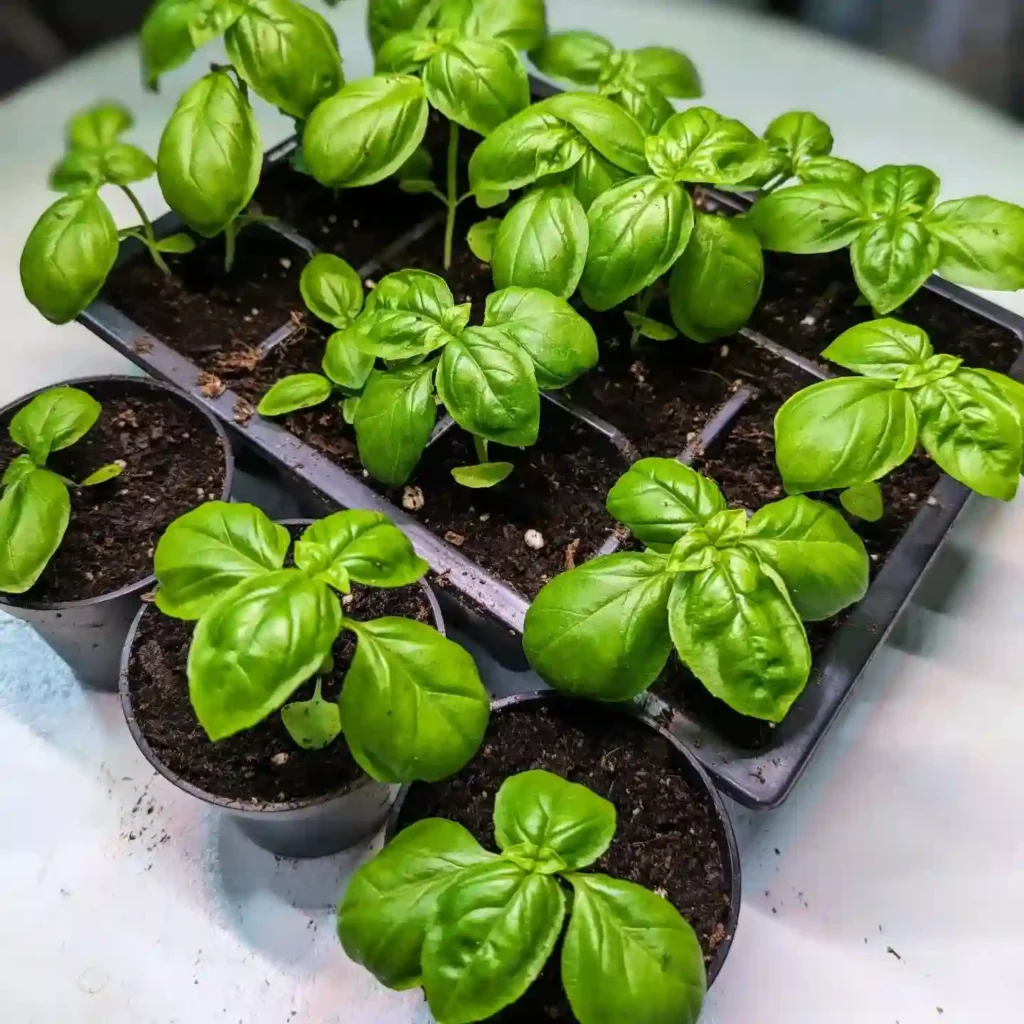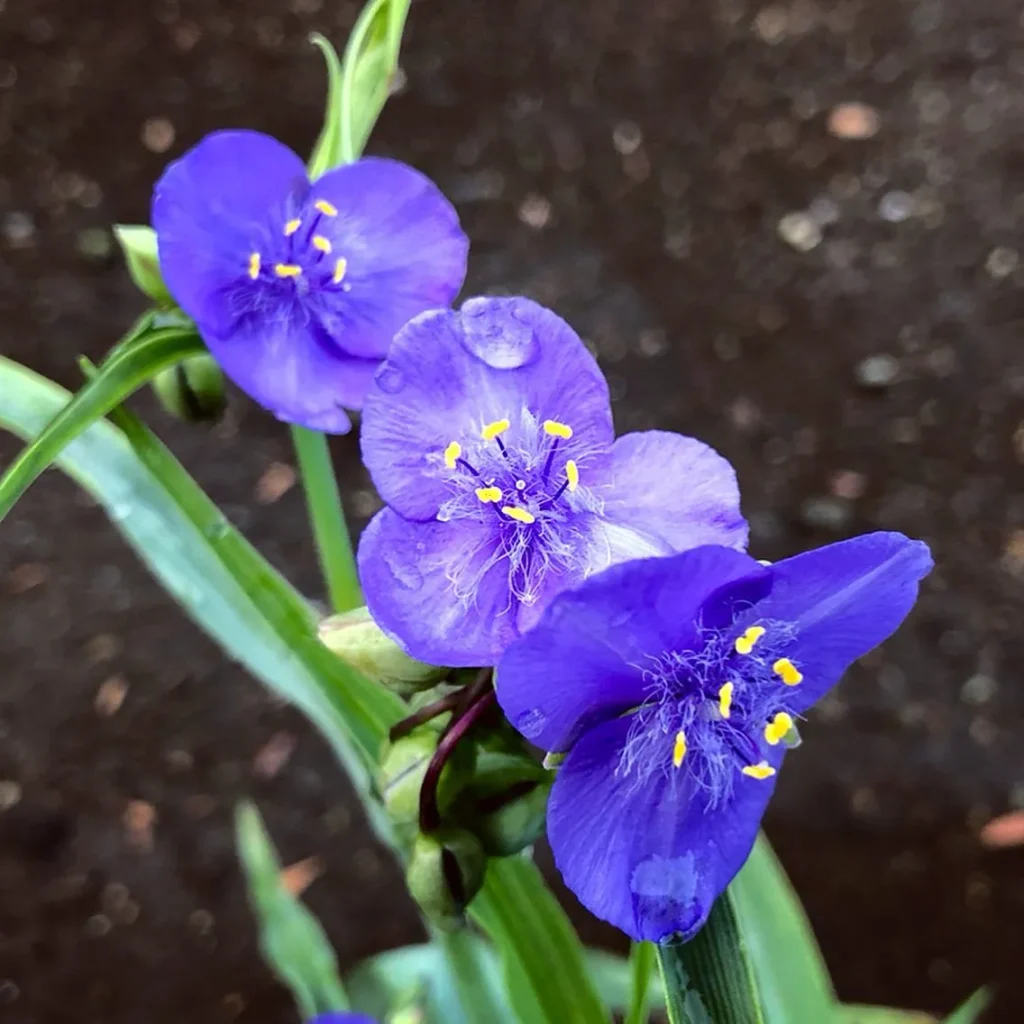Exploring the Marattiaceae Family of Ferns
As a plant enthusiast, I’ve always been fascinated by the diversity of ferns, particularly the Marattiaceae family. This group of ferns is known for its unique characteristics and ancient lineage. Today, I want to share my insights and experiences with the genera within this family: Angiopteris, Christensenia, Danaea, Eupodium, Marattia, and Ptisana.
What Makes Marattiaceae Unique?
The Marattiaceae family stands out due to its primitive features. Unlike many other fern families, Marattiaceae ferns are considered more closely related to the earliest ferns. They often have large, leathery fronds that can be quite impressive. This family is mostly found in tropical regions, thriving in humid, shaded environments. I’ve seen some of these ferns in botanical gardens, and their grandeur is nothing short of breathtaking.
Genera of the Marattiaceae Family
Angiopteris
One of the most notable genera in the Marattiaceae family is Angiopteris. Known for its enormous fronds, Angiopteris can reach lengths of up to 6 feet! This genus primarily grows in the understory of tropical forests. When I first encountered an Angiopteris, I was taken aback by the sheer size of its leaves. The intricate patterns and vibrant green color made it a standout in the lush foliage.
Christensenia
Moving on to Christensenia, this genus has a more modest appearance compared to Angiopteris. It typically features smaller fronds that are equally beautiful. The unique reproductive structures of Christensenia fascinate me. These ferns produce strobili, or cone-like structures, which are quite different from the typical spore-producing bodies of other ferns. Observing these structures in person has deepened my appreciation for the diversity within the Marattiaceae family.
Danaea
Danaea is another intriguing genus that deserves attention. These ferns are often characterized by their unique growth habits, which can include creeping rhizomes. I remember stumbling upon Danaea in a shaded area of a botanical garden; the way it sprawled out across the ground was captivating. The dark green fronds contrasted beautifully with the surrounding foliage, creating a serene atmosphere.
Eupodium
Eupodium may not be as well-known as the other genera, but it has its unique charm. These ferns are often found in tropical regions, where they thrive in moist, shaded conditions. What I find particularly interesting about Eupodium is its habitat preference. They tend to grow in swampy areas, which adds a layer of intrigue to their cultivation. Seeing Eupodium thriving in its natural habitat reminded me of the delicate balance of ecosystems in tropical regions.
Marattia
The genus Marattia is perhaps the most recognized within the Marattiaceae family. These ferns are often used in ornamental horticulture due to their striking appearance. I’ve seen Marattia specimens displayed in various settings, from homes to botanical gardens. The lush, green fronds are perfect for creating a tropical feel in any space. What I love most about Marattia is its resilience; it adapts well to different environments while still maintaining its beauty.
Ptisana
Last but not least, Ptisana is another genus worth mentioning. These ferns are known for their delicate fronds, which can add a soft touch to any garden. I appreciate how Ptisana ferns can thrive in both indoor and outdoor settings. I’ve successfully grown a few Ptisana plants in my home, and they’ve become one of my favorites. Their ability to adapt to varying light conditions makes them an excellent choice for those looking to incorporate ferns into their living spaces.
Cultivating Marattiaceae
Cultivating ferns from the Marattiaceae family can be a rewarding experience. I recommend providing them with a humid environment, plenty of indirect light, and well-draining soil. When I first started growing these ferns, I learned that maintaining moisture is crucial. Using a humidity tray or misting the plants can help replicate their natural habitat.
It’s also essential to monitor for pests, as ferns can be susceptible to scale and spider mites. Regularly checking the undersides of the fronds has helped me keep my Marattiaceae plants healthy and thriving.
Conclusion
The Marattiaceae family is a remarkable group of ferns that I truly enjoy exploring. Each genus offers its unique charm and characteristics, making them fascinating subjects for both study and cultivation. Whether you’re an experienced gardener or a newcomer to the world of ferns, I encourage you to delve into the Marattiaceae family. Their beauty and resilience will undoubtedly enrich any plant collection, and the joy of nurturing these ancient plants is an experience like no other.
By understanding the unique traits of Angiopteris, Christensenia, Danaea, Eupodium, Marattia, and Ptisana, I hope to inspire others to appreciate and explore the wonderful world of ferns.
If i die, water my plants!



